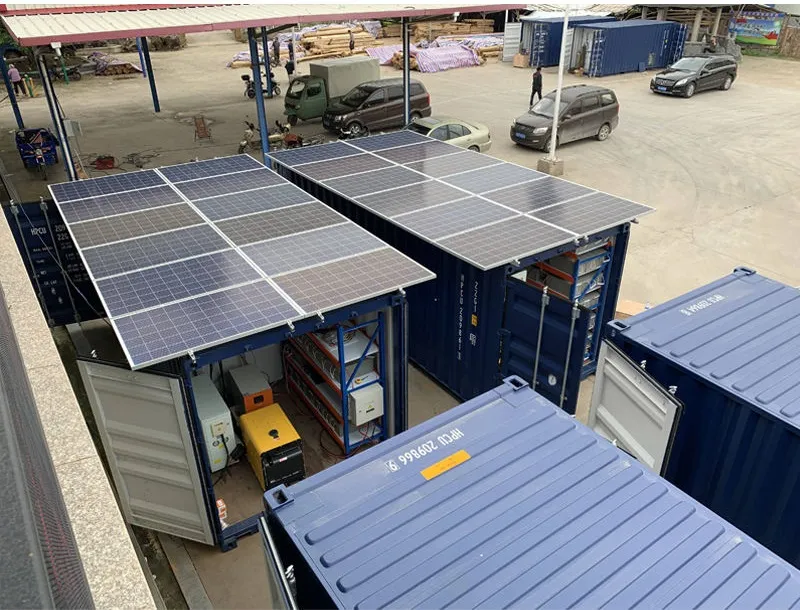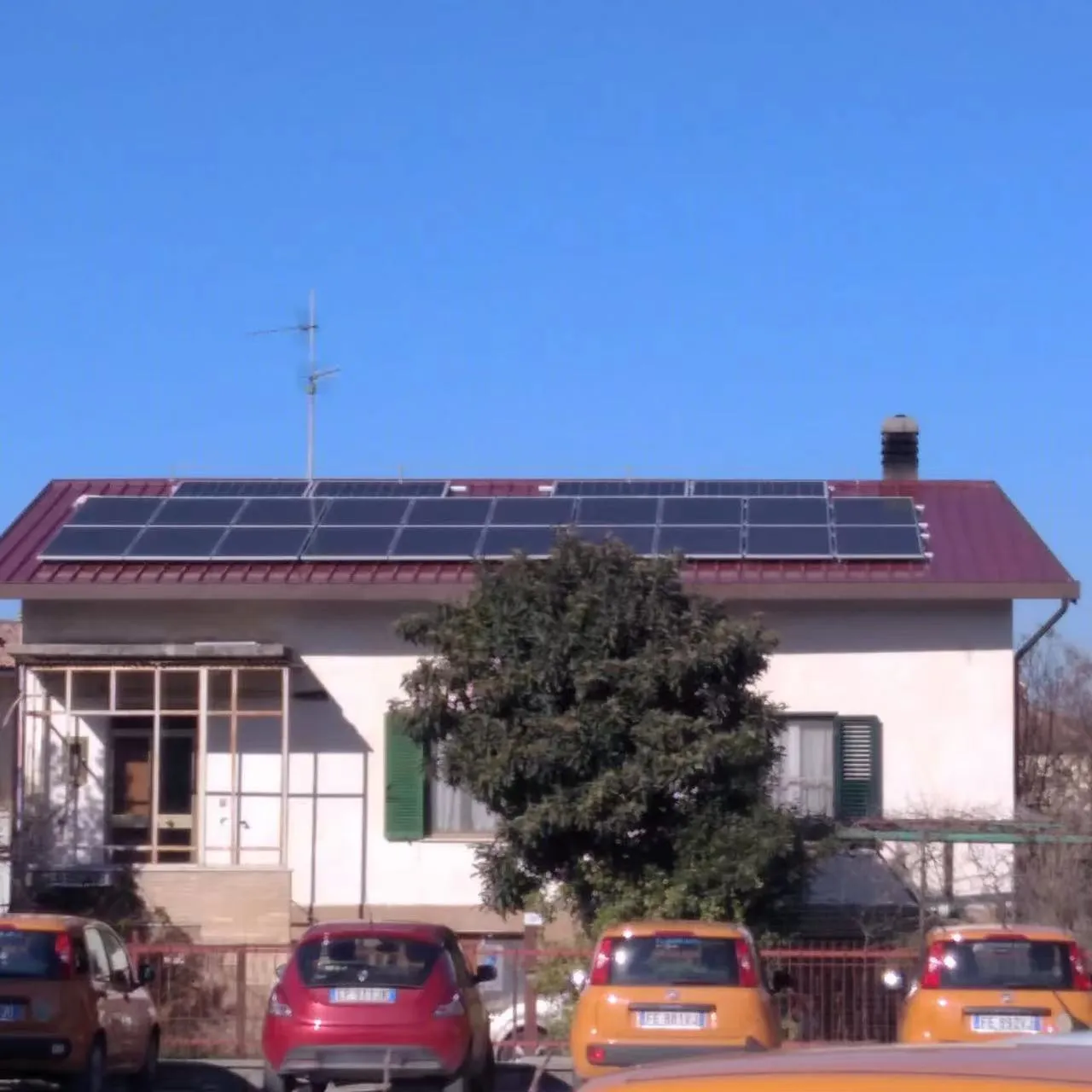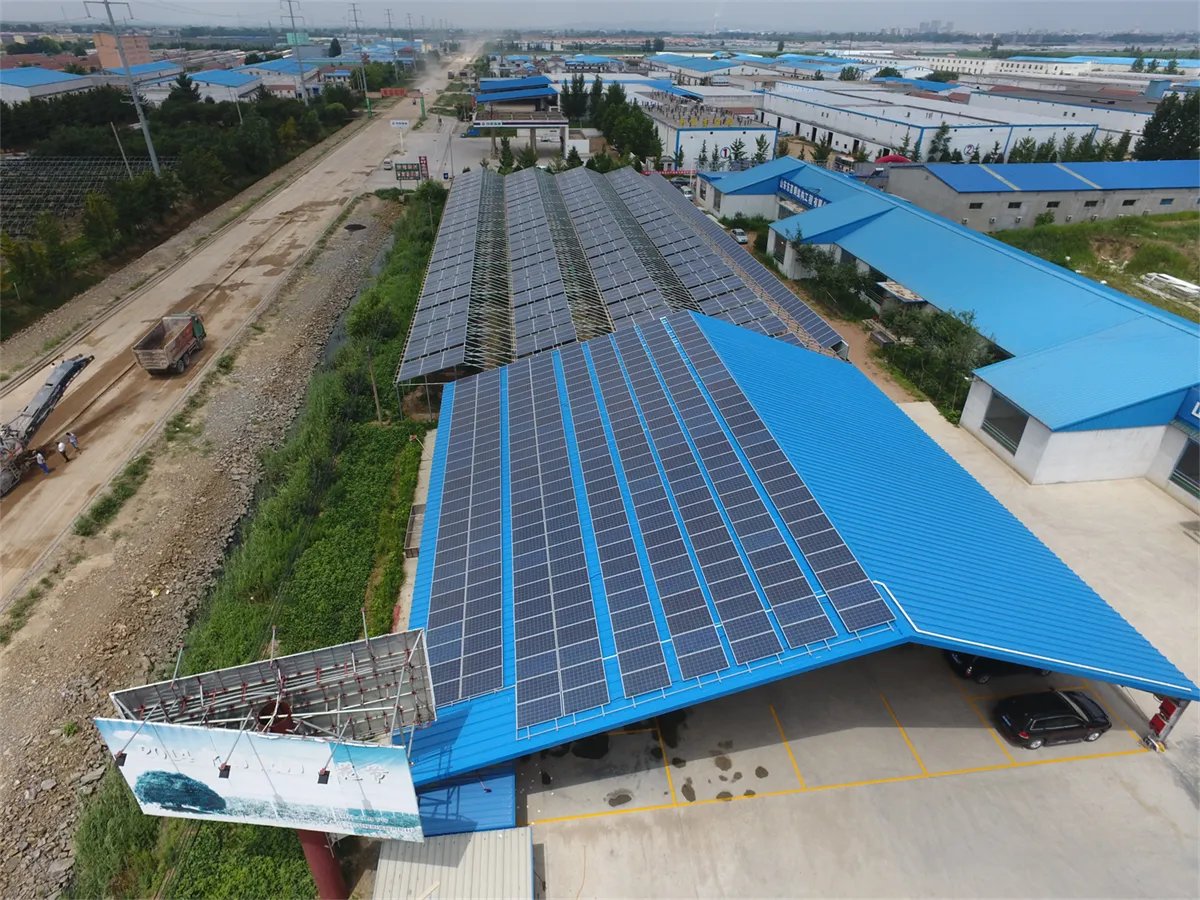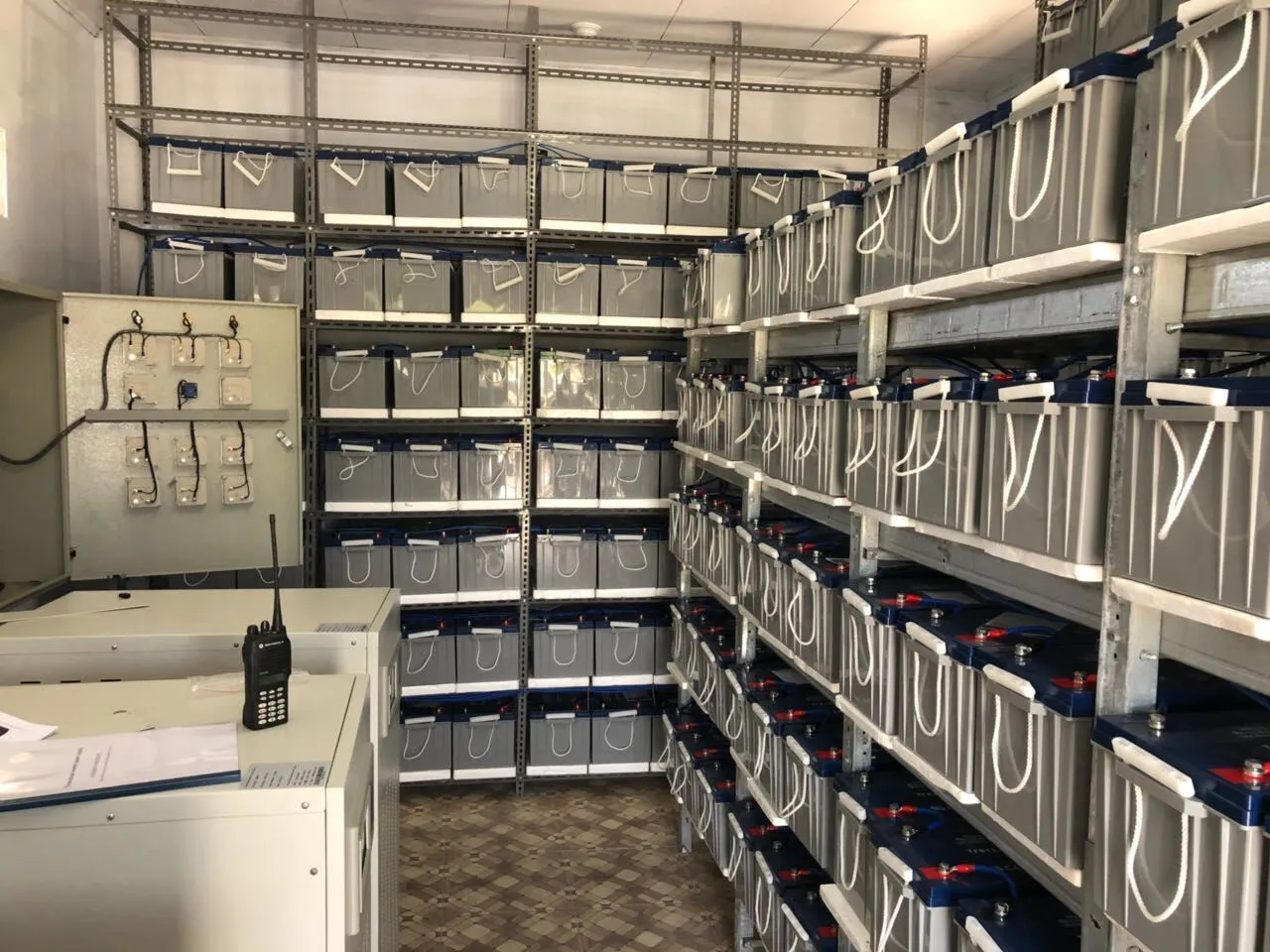
Coastal Areas Essential: Key Considerations for Choosing Corrosion-resistant Solar Panels

Living by the ocean offers breathtaking views and that salty sea breeze we all love, but it also brings unique challenges for homeowners investing in solar energy. That refreshing salt air that invigorates your morning coffee? It's a silent enemy of traditional solar panel systems. Coastal environments demand specialized solutions, and choosing the right corrosion-resistant solar technology isn't just smart—it's essential for protecting your investment against nature's powerful corrosive cocktail.
In this guide, we'll navigate the salty waters of coastal solar installations together. We'll explore why standard panels struggle near the ocean, what makes certain materials withstand the test of time, and how you can harness the sun's power without constant maintenance headaches. Whether you're enjoying coastal life full-time or maintaining a beach getaway, these insights will help you make informed decisions for lasting solar performance.
Understanding Saltwater's Sneaky Attack
Saltwater corrosion happens in ways you might not immediately notice. It's not just about visible rust—it's a complex electrochemical process where salt particles create conductive pathways that accelerate material breakdown:
- Microscopic Intrusion: Salt crystals penetrate microscopic gaps in panel frames and junction boxes, attracting moisture and creating localized corrosion cells
- Galvanic Corrosion: When dissimilar metals contact each other (like aluminum frames and stainless steel fasteners), salt water acts as an electrolyte, causing accelerated decay of the more "active" metal
- Salt Spray Cycles: Daily coastal winds deposit salt mist that dries into concentrated crystals, reactivating with each wave of humidity or morning dew
What surprises many coastal homeowners is how elevated salt exposure affects panel efficiency before visible damage appears. Corroded connections create electrical resistance that can reduce output by 15-30% in just 3-5 years. Unlike sudden system failures, this gradual decline often goes unnoticed until you compare electricity bills season after season.
The real danger lies in how salt combines with other coastal elements. Humidity keeps salt deposits active year-round, while UV exposure breaks down protective coatings faster than inland environments. These factors work together to create a perfect storm for equipment degradation—one that demands specialized defense strategies.

Material Matters: Choosing Coastal-Worthy Components
The foundation of saltwater-proof solar systems starts with selecting appropriate materials that laugh in the face of corrosion:
- Marine-Grade Aluminum Frames: Seek out AA3003 or AA5005 alloys with powder-coated finishes tested to ASTM B117 salt spray standards (minimum 1000 hours resistance)
- Superior Sealing Technology: Dual-layered junction boxes with silicone compression gaskets and IP68-rated connectors that exceed typical IP67 standards
- Corrosion-Resistant Fasteners: 316L stainless steel or titanium hardware that withstands chloride exposure better than common 304 stainless
But materials alone aren't enough—the manufacturing quality determines how well these components work together. Look for brands that conduct accelerated salt mist testing beyond standard 300-hour cycles. Premium manufacturers expose panels to 1000+ hours of simulated coastal conditions, equivalent to 10-15 years of real-world coastal exposure.
The backsheet—the protective layer behind solar cells—deserves special attention in coastal zones. While standard polymer backsheets degrade faster in salty conditions, glass-glass (bifacial) panels eliminate this vulnerability entirely. With solar cells sandwiched between two tempered glass layers, these panels resist salt penetration while providing the bonus of capturing reflected light from rooftop surfaces.
Consider this real-world example: After switching to glass-glass panels on their Florida beachfront property, the Rodriguez family saw just 5% efficiency loss after eight years, compared to their neighbors' 28% decline with traditional panels. The slightly higher initial cost paid dividends in longevity and sustained energy production.

Installation Intelligence: Smarter Coastal Mounting
Even the best panels underperform without proper installation techniques that acknowledge coastal realities. Your mounting strategy should consider:
- Strategic Elevation: Minimum 18-inch clearance above roof surfaces prevents salt spray accumulation during storm surges
- Optimal Pitch: 30-45 degree angles enhance self-cleaning during rains while maximizing airflow behind panels to reduce moisture retention
- Wind-Load Engineering: Coastal wind patterns demand specialized racking with vibration dampeners and reinforced anchors that outlast Category 3 hurricane conditions
Location selection within your property makes a significant difference. Coastal residents often see 25% longer panel lifespan when installed on landward-facing slopes or behind natural windbreaks like dunes or dense vegetation. This reduces direct salt deposition while still capturing abundant sunlight.
Electrical components require equal attention to detail. Use only marine-rated wiring with UV-stabilized insulation, and ensure conduit systems include drip loops that prevent water tracking into connection points. Microinverters should feature conformal coatings that protect circuit boards from salty humidity—a critical upgrade over standard models.
I've witnessed installations where thoughtful siting added years to system life. In Cape Cod, one homeowner positioned panels behind a natural dune ridge, using topography as a protective barrier. After a decade, her system showed minimal corrosion compared to exposed installations just half a mile away that required full replacements.

Maintenance Rituals: The Coastal Commitment
Coastal solar systems demand a different maintenance mindset than inland installations. Forget "set and forget"—these routines protect your investment:
- Quarterly Rinsing: Use soft-bristle brushes and deionized water (not salt-contaminated well water) to gently dissolve salt crystals before they etch glass surfaces
- Post-Storm Inspections: Check mounting hardware after major weather events—salt-laden winds accelerate metal fatigue at stress points
- Corrosion Audits: Professionally monitor electrical connections annually using thermal imaging to detect resistance issues before failures occur
Timing matters immensely in coastal maintenance. Cleaning at daybreak catches dew-moistened salt deposits when they're easiest to remove. Midday cleaning bakes residues onto panels as water evaporates. Develop seasonal habits: increase to monthly cleanings during storm season when salt exposure peaks.
Documenting system performance provides early warning signs. Notice a 5% production drop between seasons? That might indicate corrosion developing in connectors. Smart monitoring systems can track this automatically, alerting you to emerging issues before visible damage appears.
A maintenance tip often overlooked: treat rail systems as carefully as panels. After seeing several Maine installations fail at mounting points before panels deteriorated, I now recommend applying corrosion inhibitor paste to bolt heads and rail interfaces annually. This $15 investment can add years to system lifespan.
Technology Spotlight: Next-Gen Coastal Solutions
Innovations continuously raise the bar for coastal durability. Among the most promising advancements:
- Nano-Ceramic Coatings: Hydrophobic treatments cause salt crystals to ball up instead of clinging to surfaces, improving rainwater self-cleaning
- Edge-Seal Innovation: Laser-sealed panel perimeters eliminate the micro-gaps where salt infiltration traditionally begins
- Smart Corrosion Monitoring: Wireless sensors embedded in frame rails detect galvanic activity before visible corrosion appears
We're also seeing material science breakthroughs that redefine coastal resilience. Composite frames blending carbon fiber and polymer matrices resist salt damage better than any metal alloy. Meanwhile, graphene-enhanced protective coatings offer self-healing properties that automatically seal microscopic scratches—salt's entry points.
These technologies promise to shift coastal solar economics significantly. Where traditional panels might last 12-15 years in harsh environments, next-gen solutions aim for 25+ years with under 10% efficiency loss—dramatically improving lifetime energy production per dollar invested.
Keep an eye on integrated systems designed specifically for coastal architecture. Several manufacturers now offer solutions blending wind load reduction and salt dispersion features into the racking itself. These designs don't just withstand coastal conditions—they're engineered to work with them.
A Coastal Success Story: Hawaii's Solar Revolution
The transformation of Oahu's North Shore demonstrates how proper choices yield long-term coastal solar success. Facing punishing salt spray and 80% average humidity, early solar adopters experienced premature system failures within 5-7 years. The turning point came with comprehensive upgrades:
- Full shift to glass-glass bifacial panels with titanium mounting hardware
- Strategic positioning behind natural lava rock formations blocking direct salt winds
- Community-based maintenance co-op providing quarterly professional cleaning
Results after 10 years? 94% of systems maintained over 90% original efficiency with zero corrosion-related failures. Maintenance costs dropped 60% compared to earlier installations. This case proves that coastal solar success combines technology with community approach.
Local installer Kai Nakayama explains their key insight: "We stopped fighting the ocean and started working with it. Instead of sealing everything tightly—which traps moisture—we designed for drainage and airflow. This lets panels 'breathe' while shedding salt naturally." Their success underscores how coastal systems need holistic solutions considering environment interactions rather than just component specifications.
Conclusion: Your Coastal Solar Legacy
Choosing solar for your coastal home requires a specialized approach, but the rewards—clean energy independence with ocean views—are unparalleled. By selecting corrosion-resistant materials engineered for marine environments, implementing smart installation techniques that leverage natural coastal features, and committing to proper maintenance routines, you'll enjoy decades of reliable solar harvests.
What might seem like costly upgrades upfront actually offers long-term savings. Paying 20% more for coastal-optimized panels often delivers 40-50% greater lifetime energy production compared to conventional setups in harsh environments. That's not an expense—it's an investment multiplier.
The future of coastal residential solar looks increasingly bright with ongoing technological advances making systems more resilient and affordable. Your journey toward worry-free coastal power begins by acknowledging saltwater's unique challenges and selecting partners who understand how to navigate them effectively. Your future self, enjoying decades of reliable solar energy with minimal maintenance, will thank you for the thoughtful approach.
Tags:
Recommend Products











